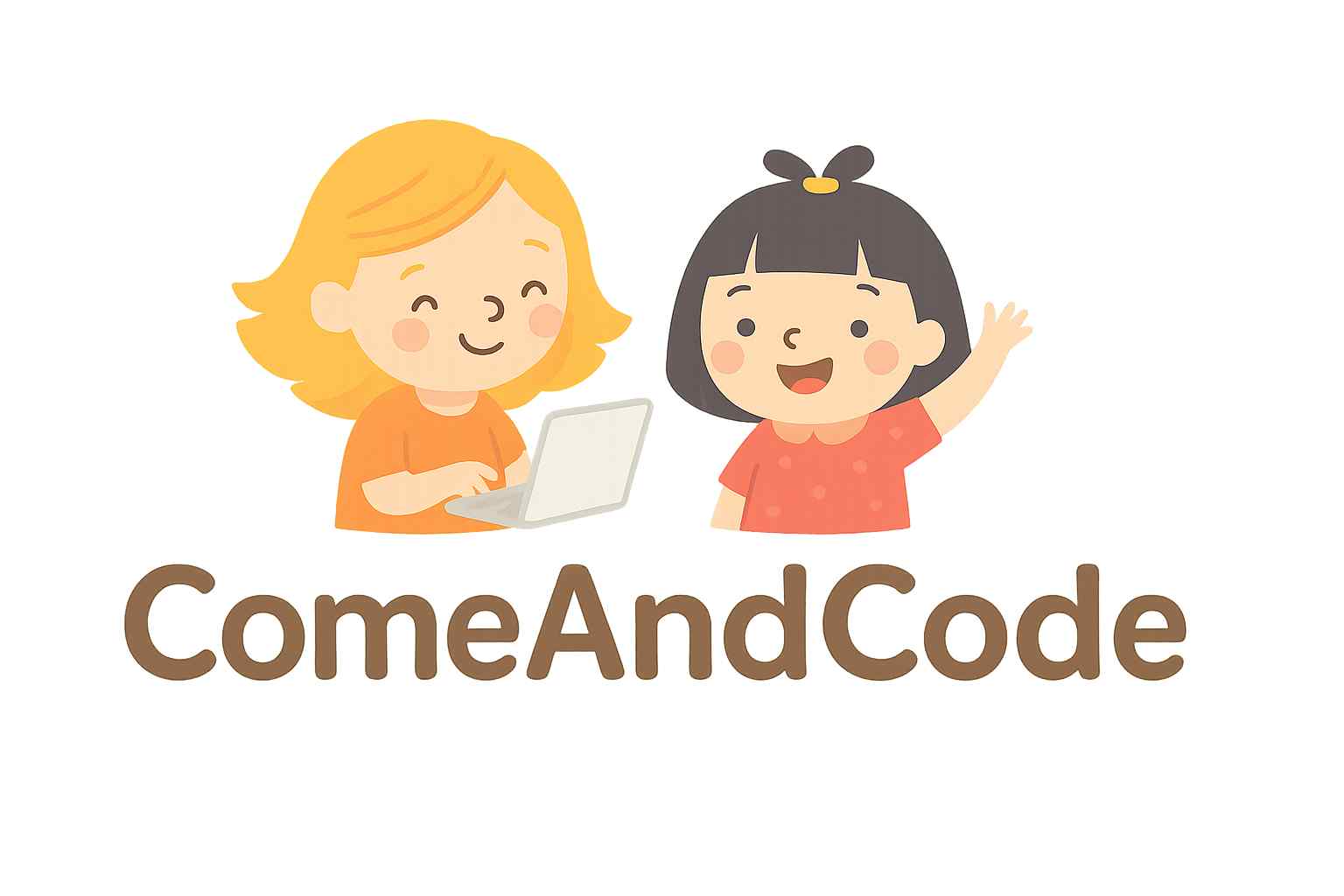Kid’s Guide to Web and Mobile App Development can be both an exciting adventure and a valuable skill. This guide aims to introduce kids to the fundamentals of app development, covering the essential concepts, tools, and resources needed to start building their apps. Whether they aspire to be the next big developer or simply want to explore their creativity, this guide will provide a comprehensive roadmap.
1. Understanding the Basics

1.1 What is Web Development?
Web development involves creating websites and applications that run on the internet. It includes everything from designing user interfaces to programming the backend functionality. Key components of web development are:
- HTML (Hypertext Markup Language): The backbone of any website, HTML structures the content.
- CSS (Cascading Style Sheets): This styles the HTML, making websites visually appealing.
- JavaScript: A programming language that adds interactivity to websites.
1.2 What is Mobile App Development?
Mobile app development focuses on creating applications for mobile devices like smartphones and tablets. There are two main types of mobile apps:
- Native Apps: Built specifically for one platform (iOS or Android).
- Cross-Platform Apps: Designed to work on multiple platforms using a single codebase.
2. The Importance of Learning to Code
2.1 Enhancing Problem-Solving Skills
Learning to code fosters critical thinking and problem-solving abilities. Kids learn how to break down complex problems into smaller, manageable tasks, which is a valuable skill in many areas of life.
2.2 Fostering Creativity
App development encourages creativity. Kids can bring their ideas to life by designing unique apps and websites, allowing them to express themselves in new and innovative ways.
2.3 Future Career Opportunities
As technology continues to evolve, skills in coding and app development are becoming increasingly important. Early exposure can spark an interest in a future tech career.
3. Getting Started with Web Development
3.1 Setting Up the Development Environment
To start web development, kids will need a computer with internet access and a text editor. Popular free text editors include:
- Visual Studio Code
- Sublime Text
- Atom
3.2 Learning HTML
Begin with HTML, as it is the foundation of web pages. Kids can learn HTML through:
- Online Courses: Websites like Codecademy and Khan Academy offer interactive lessons.
- Books: Consider books like “HTML and CSS: Design and Build Websites” by Jon Duckett.
3.3 Exploring CSS
Once they understand HTML, kids can dive into CSS to style their pages. They can learn about:
- Selectors and Properties: Understanding how to select elements and apply styles.
- Layouts: Learning about flexbox and grid systems to design responsive websites.
3.4 Introduction to JavaScript
JavaScript is essential for adding interactivity. Start with basic concepts like:
- Variables and Data Types
- Functions and Events
- DOM Manipulation: Understanding how to interact with HTML elements dynamically.
4. Building Your First Web Project
4.1 Choosing a Project
Encourage kids to choose a simple project, such as a personal website, a blog, or an online portfolio. This will allow them to apply their newfound skills in a practical way.
4.2 Planning the Project
Help them outline their project:
- Define the Purpose: What do they want to achieve with the website?
- Sketch the Layout: A rough design helps visualize the structure.
4.3 Coding the Project
Using HTML, CSS, and JavaScript, kids can start coding their projects step-by-step. Encourage them to:
- Write clean, organized code.
- Test their website regularly in different browsers.
4.4 Publishing the Website
Once the project is complete, kids can publish their websites using platforms like GitHub Pages or Netlify. This teaches them about web hosting and making their work accessible to others.
5. Getting Started with Mobile App Development
5.1 Choosing a Development Platform
For mobile app development, kids can choose between:
- Native Development: Learning Swift for iOS or Kotlin for Android.
- Cross-Platform Development: Using tools like Flutter or React Native, which allow them to build apps for both platforms with a single codebase.
5.2 Learning the Basics of Mobile Development
Kids should start with:
- Understanding Mobile Interfaces: Familiarize themselves with mobile design principles and user experience (UX) best practices.
- Basic Programming Concepts: Languages like Dart (for Flutter) or JavaScript (for React Native) are great starting points.
6. Creating Your First Mobile App
6.1 Project Idea Generation
Encourage kids to brainstorm ideas for their first app. Simple concepts like a to-do list app, a quiz app, or a simple game can be great starting points.
6.2 Planning and Designing the App
Similar to web projects, kids should outline their app:
- Define the Features: What functionalities should the app have?
- Wireframing: Create a basic layout of the app screens.
6.3 Developing the App
As they begin coding, kids should focus on:
- Setting Up the Development Environment: Download the necessary software (like Android Studio or Xcode).
- Building User Interfaces: Learn about layout design and how to create intuitive navigation.
6.4 Testing and Debugging
Testing is crucial for mobile apps. Teach kids how to test their app on different devices and fix bugs as they arise.
6.5 Publishing the App
Guide them through the process of publishing their app on platforms like the Google Play Store or Apple App Store, which may involve setting up developer accounts and following guidelines.
7. Resources for Learning

7.1 Online Courses
Several platforms offer kid-friendly coding courses:
- Code.org: Offers interactive coding tutorials for all ages.
- Scratch: A visual programming language that helps kids learn coding concepts through games and animations.
7.2 YouTube Channels
There are many YouTube channels dedicated to teaching coding and app development to kids. Look for channels like:
- The Coding Train: Fun and engaging coding tutorials.
- Khan Academy: Offers a range of educational videos, including computer programming.
7.3 Coding Camps and Workshops
Consider enrolling kids in coding camps or workshops, which can provide hands-on experience and mentorship.
8. Encouraging Collaboration
8.1 Join Coding Communities
Getting involved in coding communities, such as CodeClub or local tech meetups, can provide kids with support and encouragement from peers.
8.2 Work on Group Projects
Encourage kids to collaborate on projects with friends. This fosters teamwork and exposes them to different perspectives and ideas.
9. Staying Inspired
9.1 Explore Successful Apps
Inspire kids by exploring popular apps and websites. Discuss what makes them successful and how they can incorporate similar principles into their projects.
9.2 Attend Tech Events
Participating in tech fairs or hackathons can ignite passion and showcase the possibilities within the field of app development.
10. Conclusion
Web and mobile app development is a rewarding and exciting journey for kids. By mastering the basics, working on projects, and exploring resources, they can develop valuable skills that will serve them well in the future. Encourage curiosity, creativity, and collaboration, and watch as they transform their ideas into reality. The digital world is their playground—let the adventure begin!
